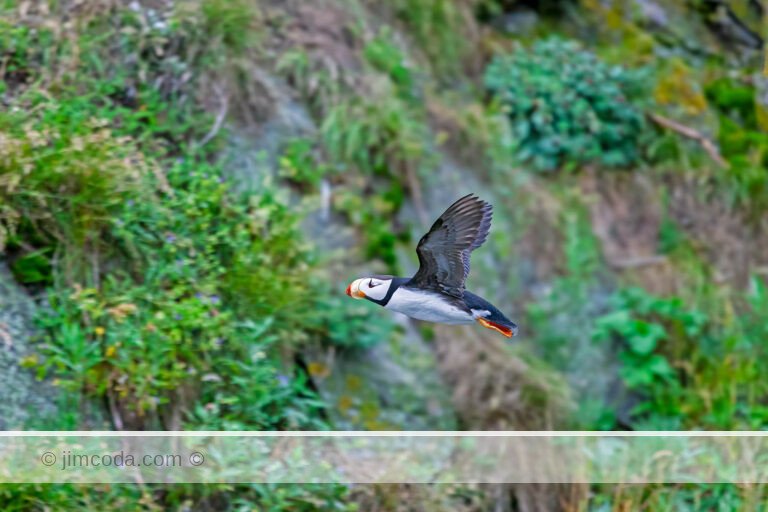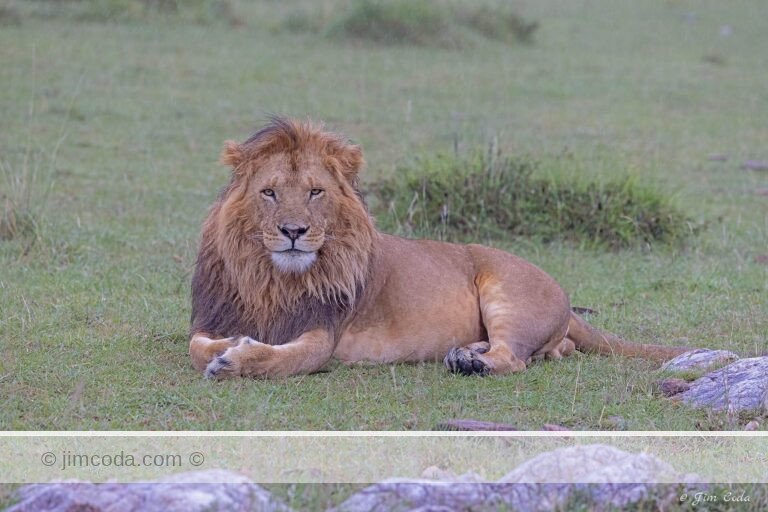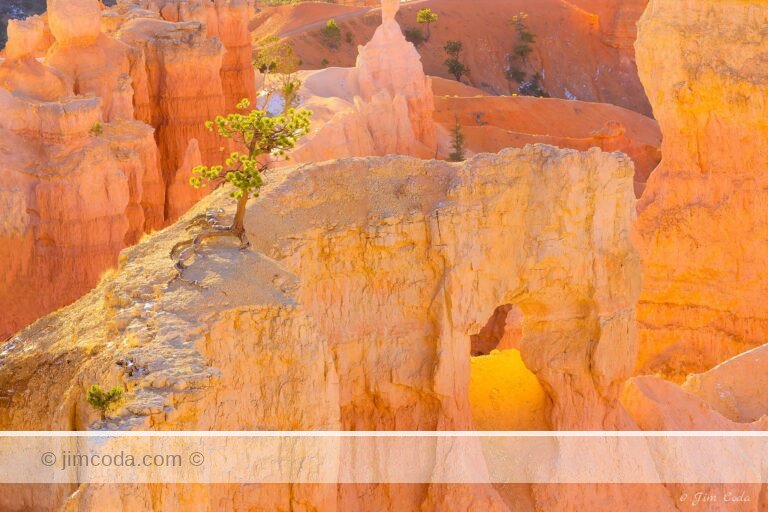Jim Coda Nature Photography
Wildlife and Landscape Photographer in California
I am a photographer who is fortunate to live near Point Reyes National Seashore, which has a rich assortment of wildlife. Over the years I have also travelled across the USA, Africa and locations around the world photographing a variety of beautiful wild creatures and landscapes. Here you will find a selection of my best work to view and to purchase as wall art prints or for publication.
Photo Galleries
Choose a category below to see all galleries under that genre.
No galleries found with that search term. Try a different search.
Prints for Sale
All of my photos are available to purchase as high quality fine art prints.
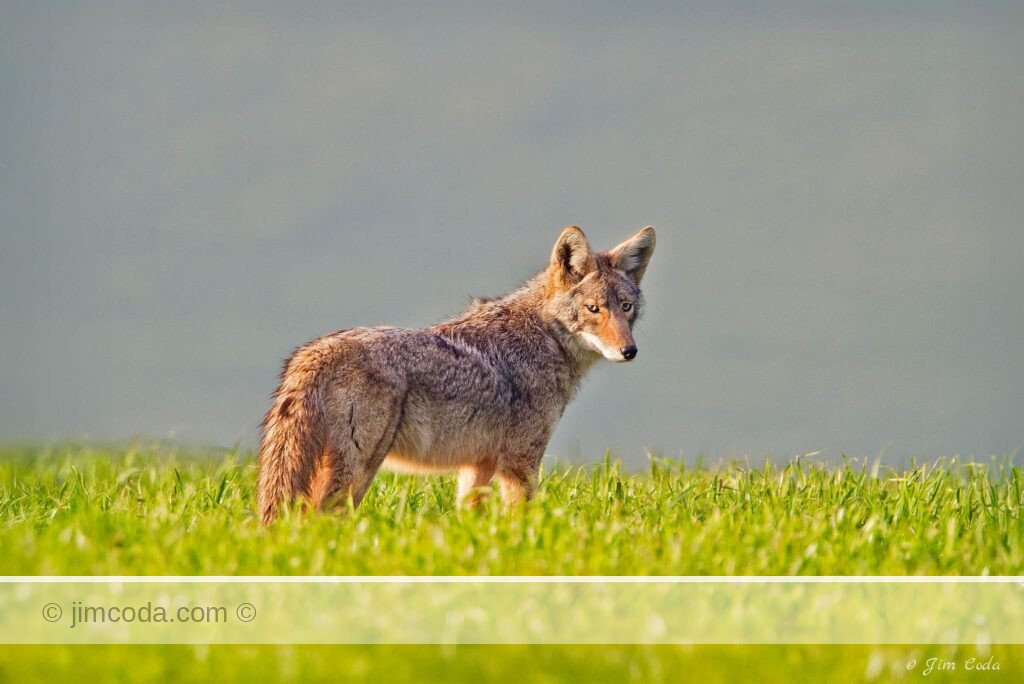
Coyote in a Grassy Meadow
Purchase » 
Black Bear with Spring Cub
Purchase » 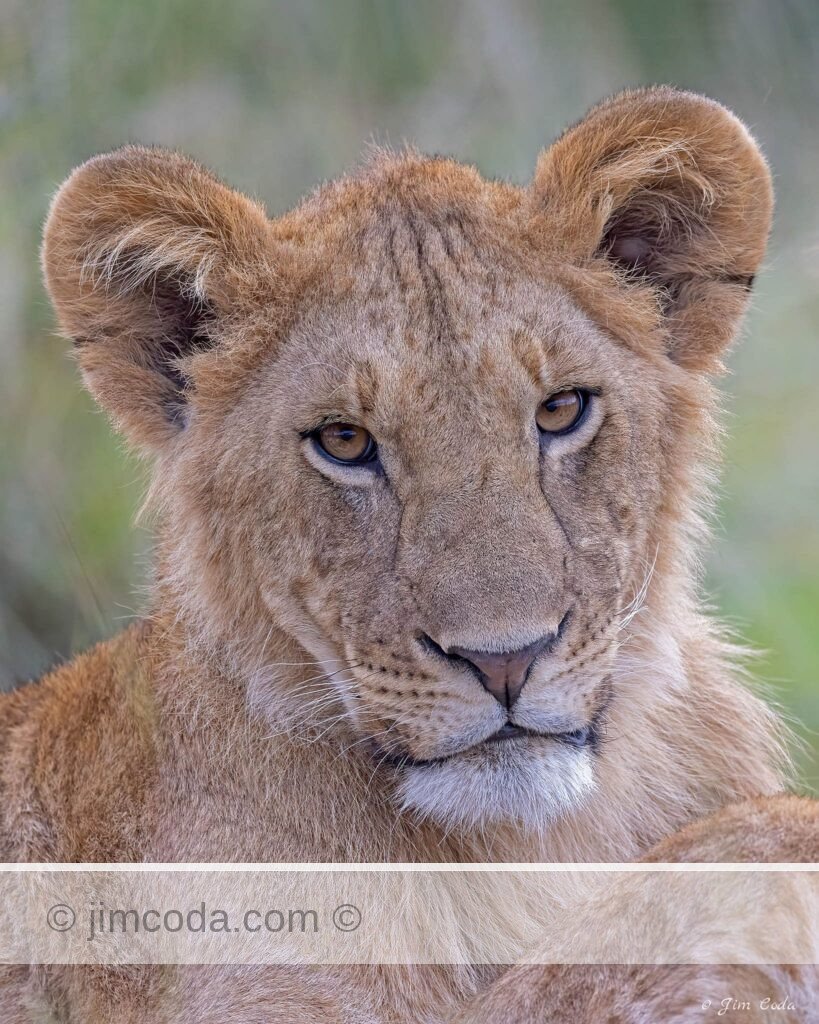
Lion Cub in Kenya
Purchase » 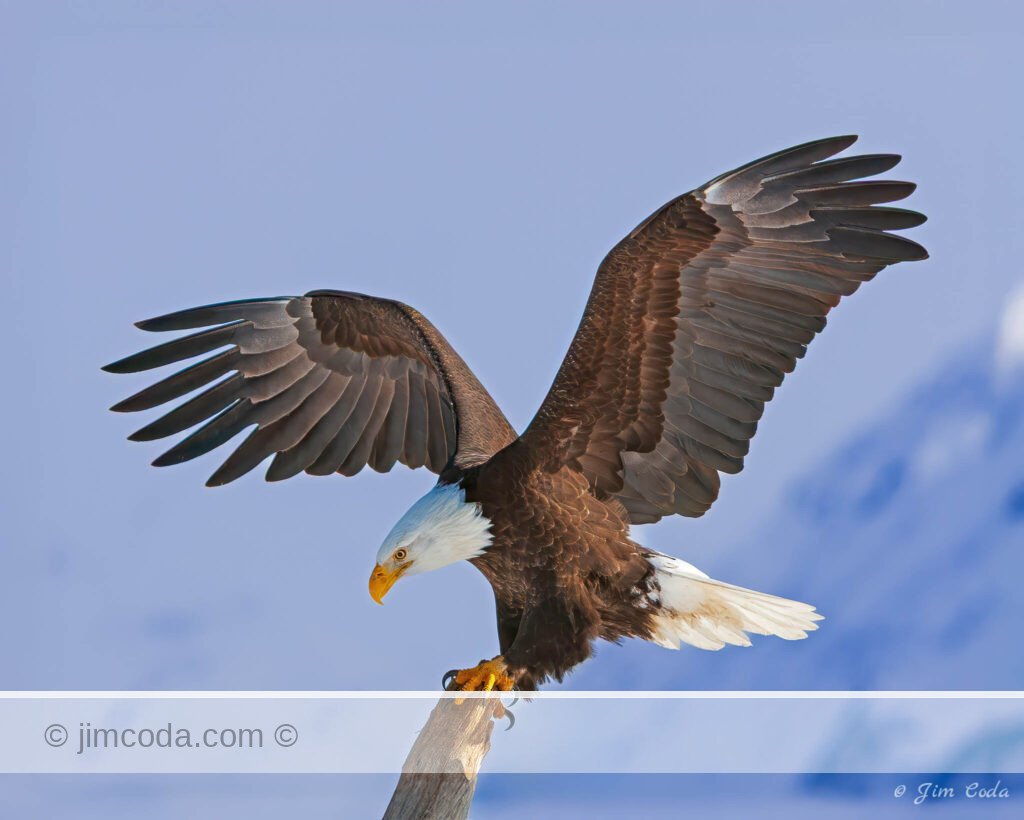
Bald Eagle at Homer
Purchase » 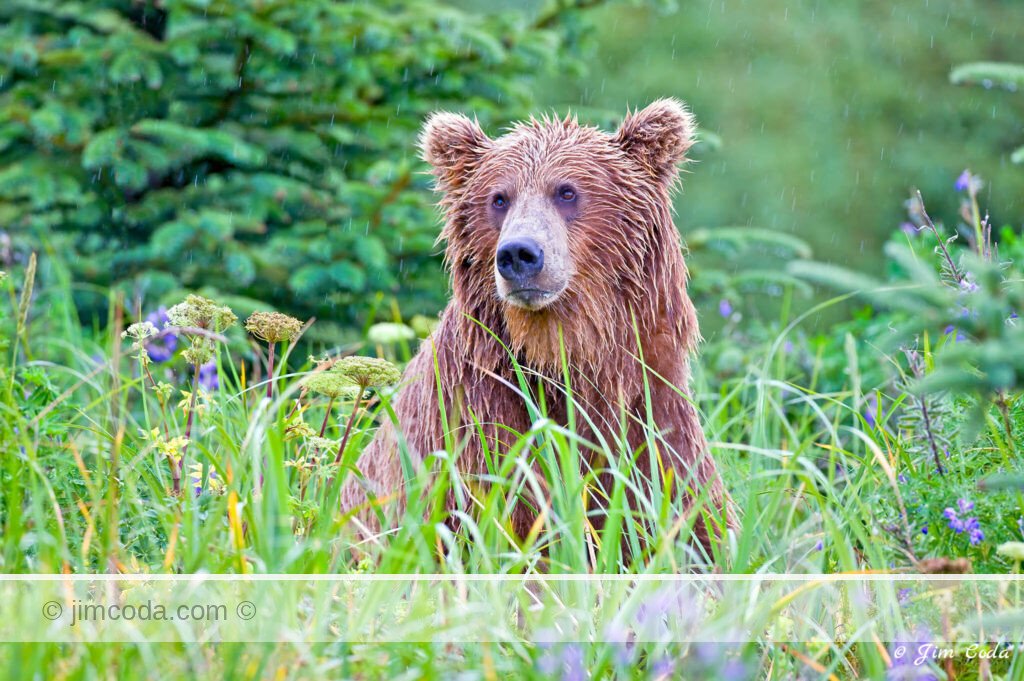
Brown Bear Sits among Wildflowers
Purchase » 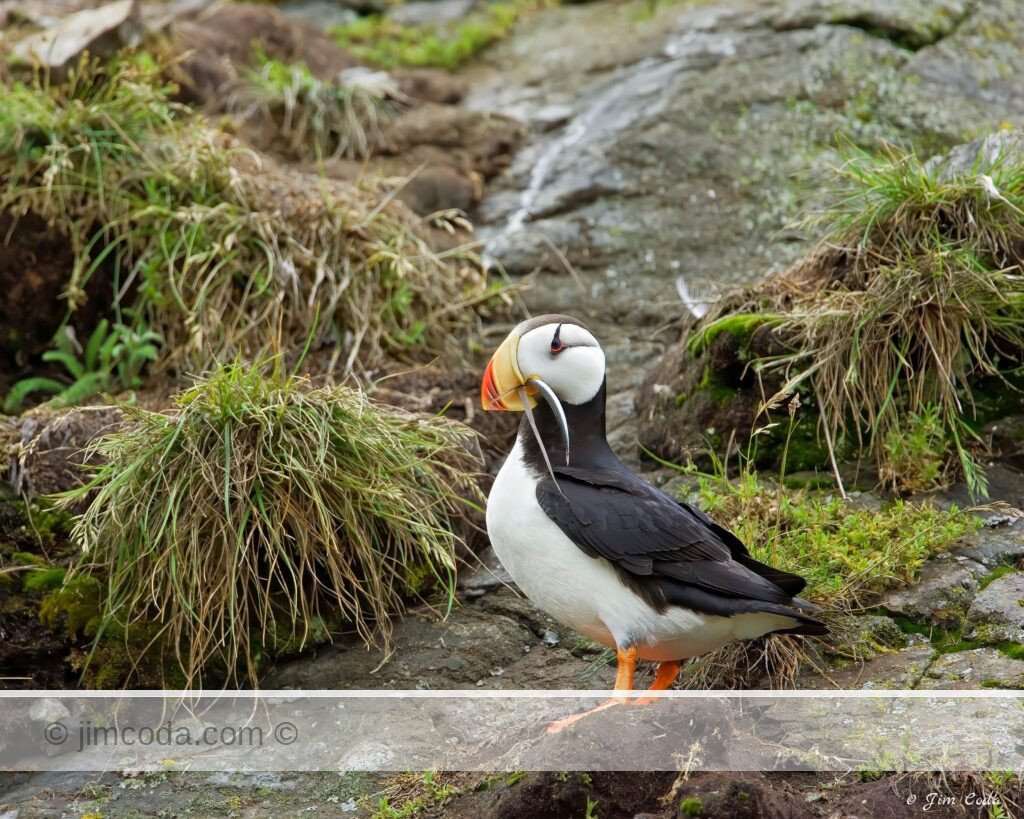
Horned Puffin with Sand Eels in its Mouth
Purchase » 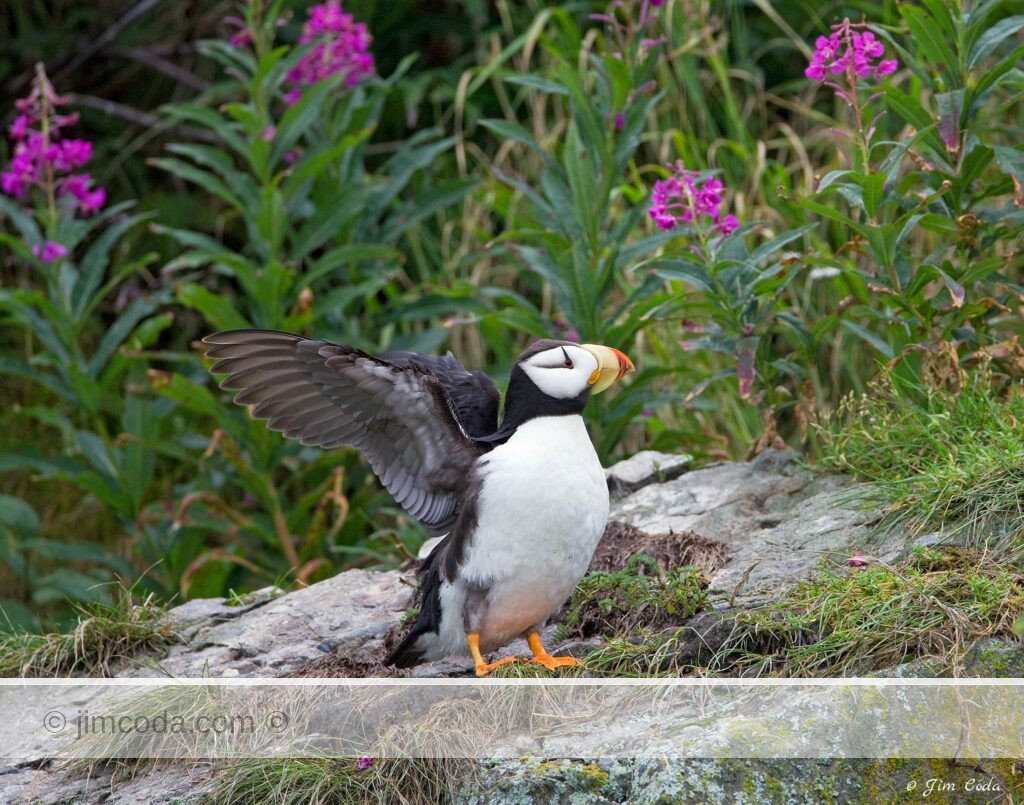
Horned Puffin Stretches its Wings
Purchase » 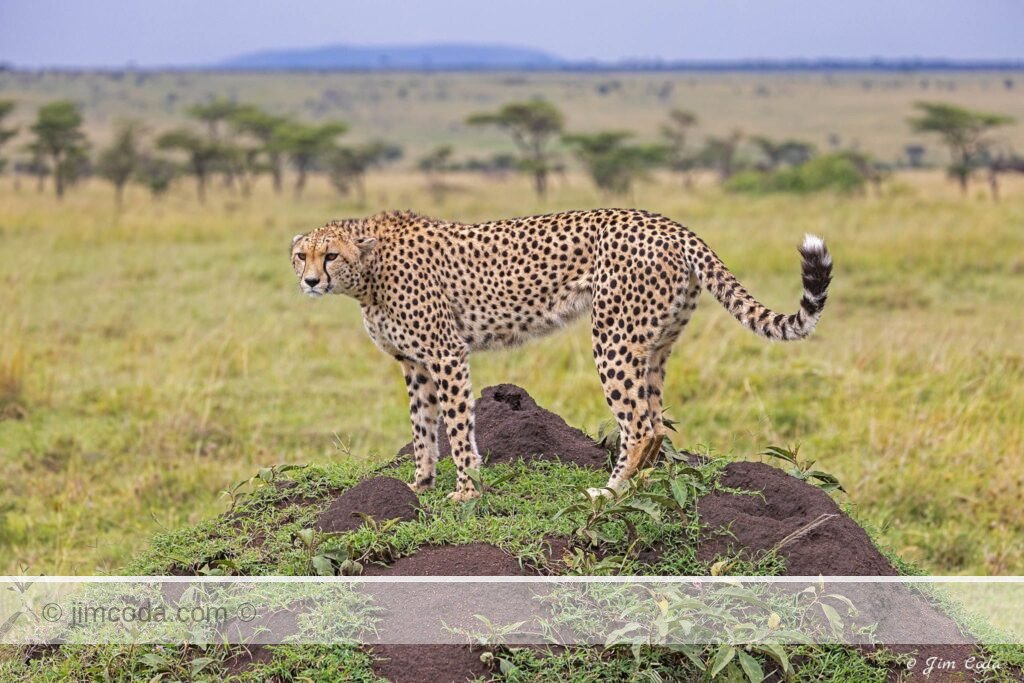
Cheetah Mother Stands on a Termite Mound
Purchase » 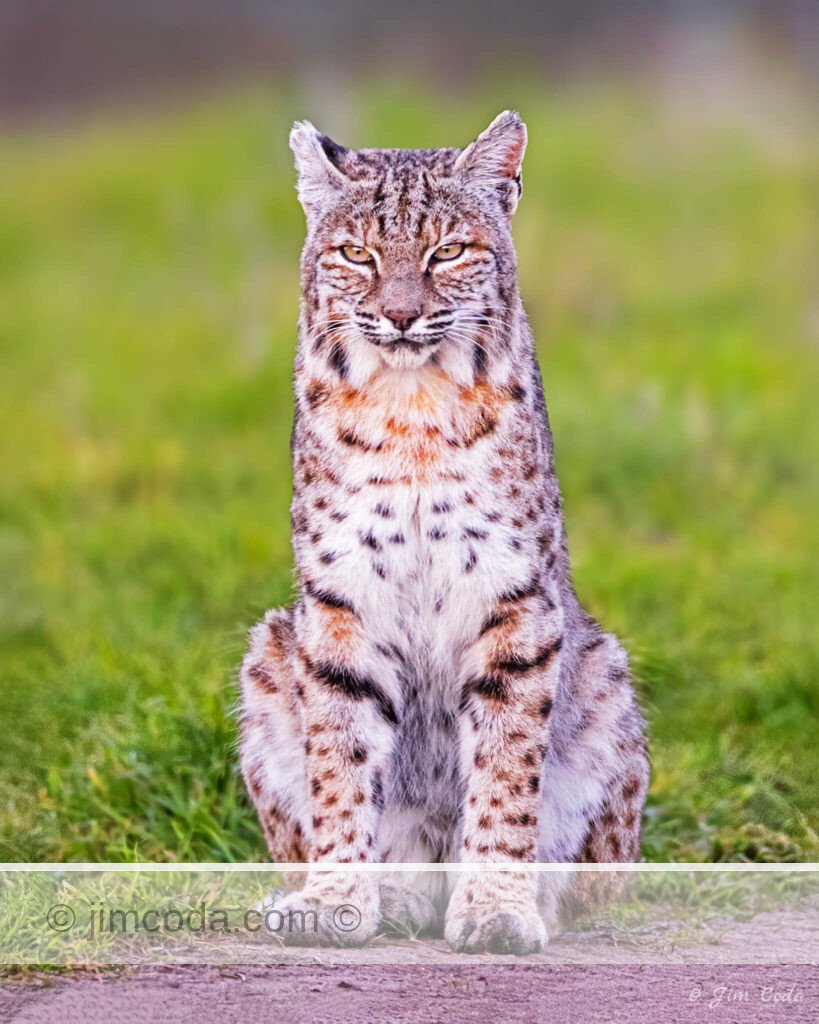
Bobcat at Point Reyes National Seashore
Purchase » 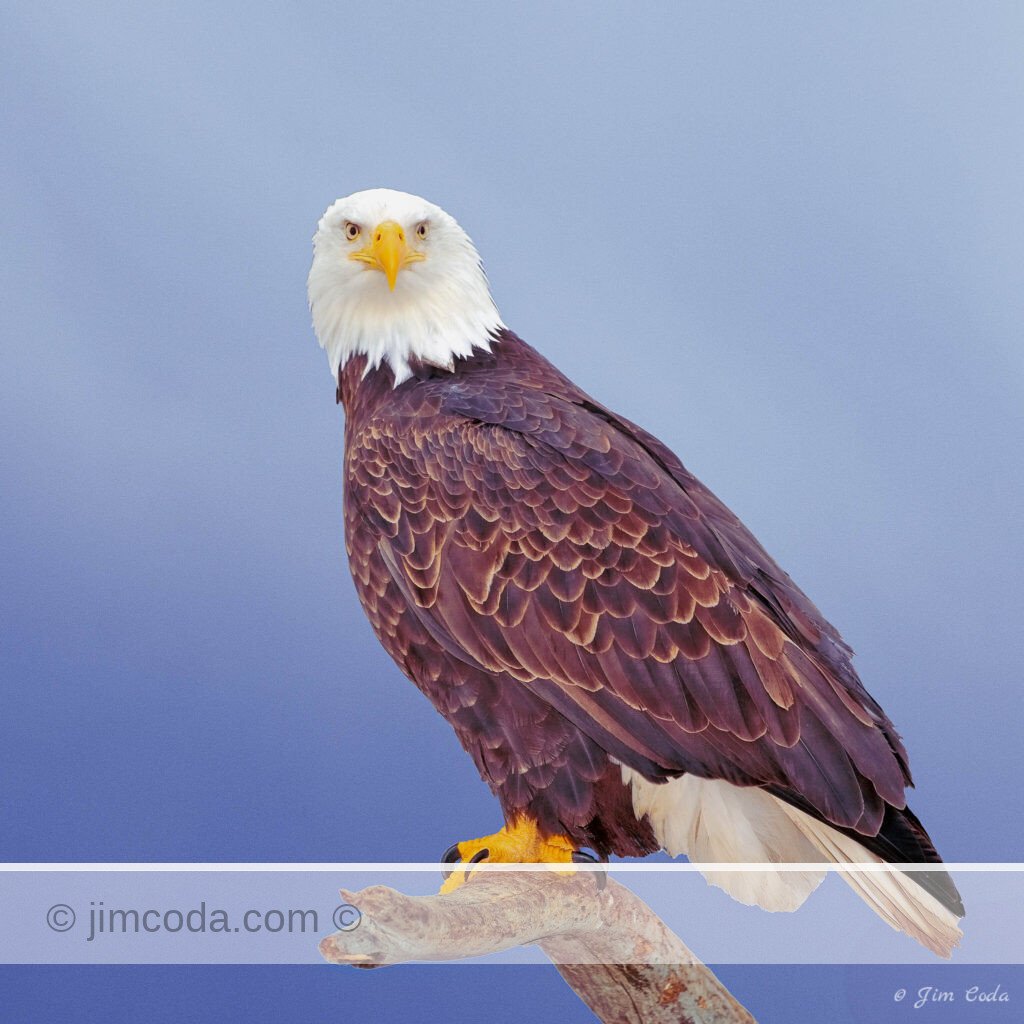
Bald Eagle at Homer in Alaska
Purchase » 